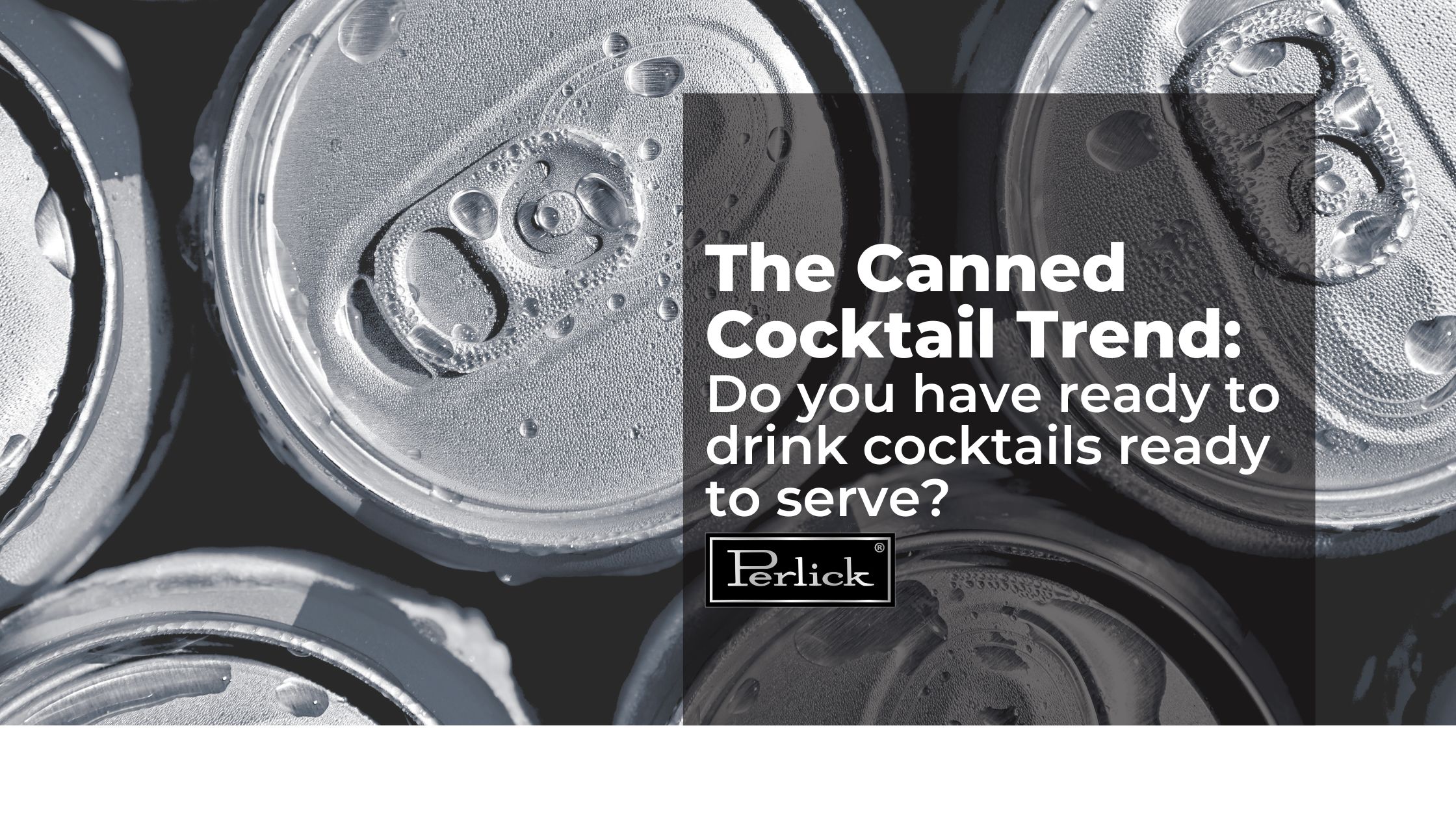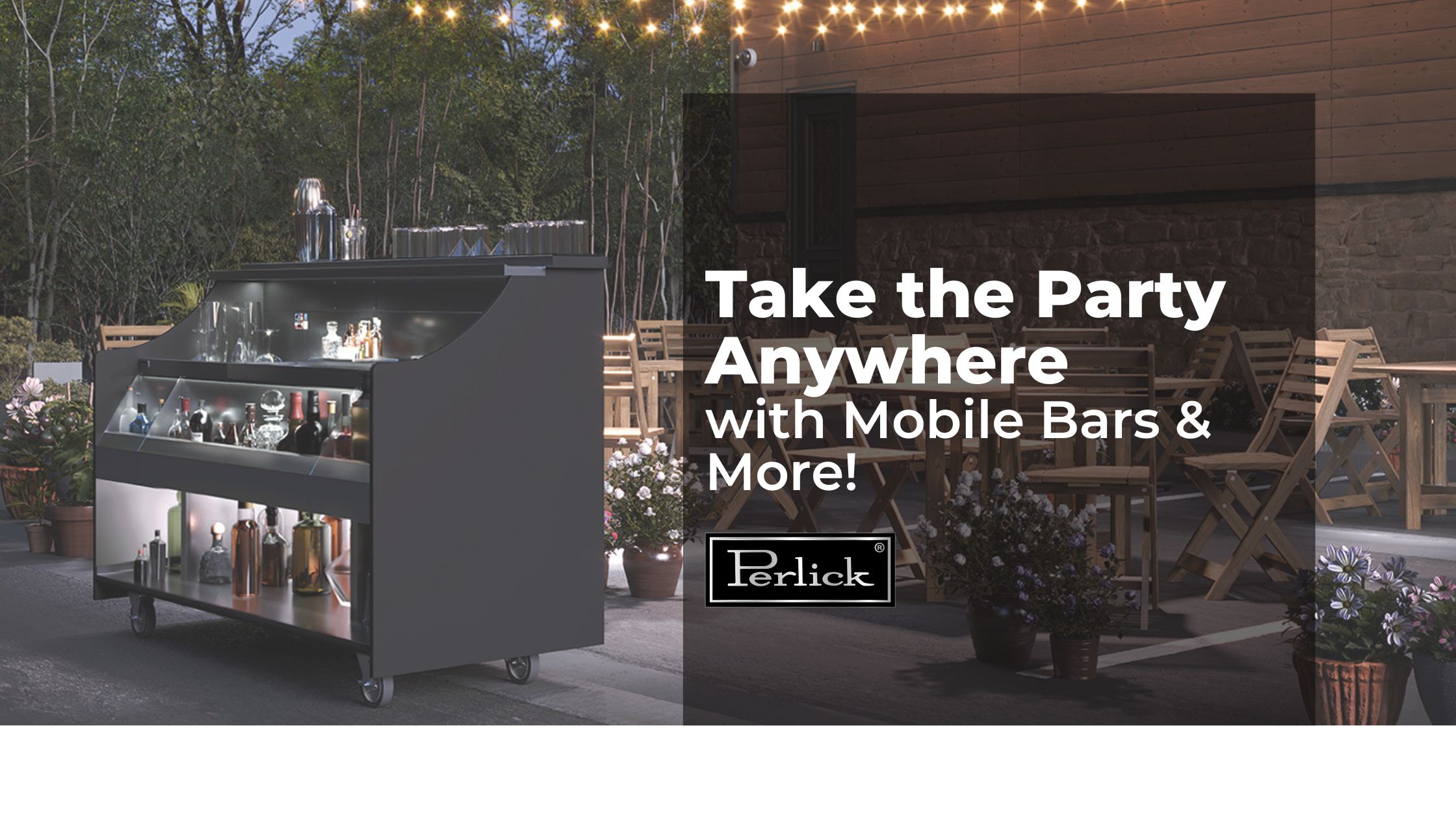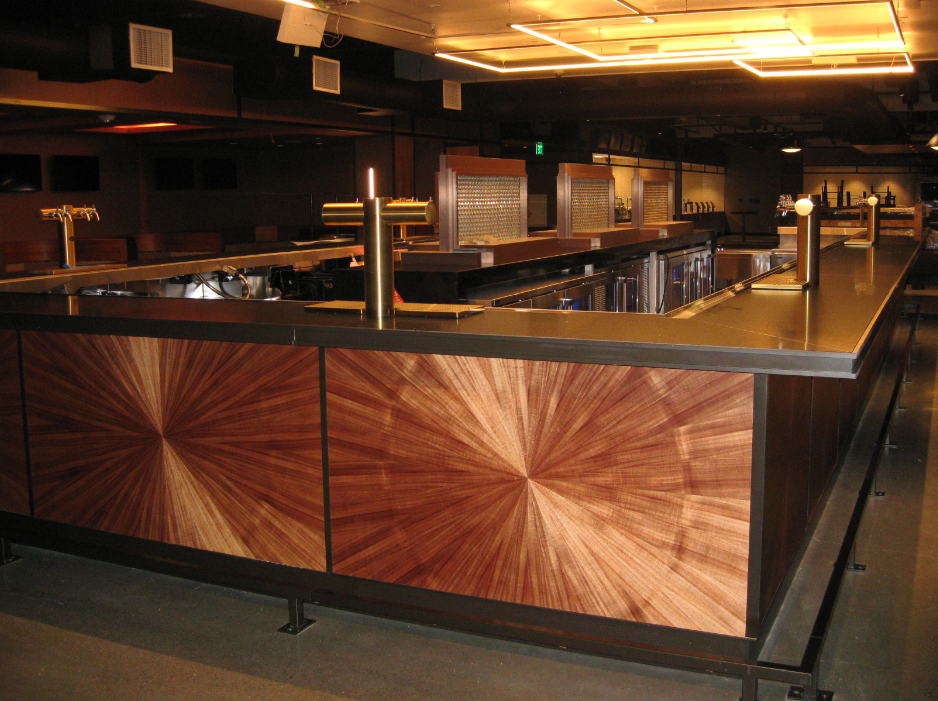India Pale Ales, or IPAs, are an enormously popular aspect of the current craft beer movement. From West Coast "hop bombs" to "big beer" Imperial IPAs, there's a wide range of options from which IPA lovers can choose. Here's a brief rundown of the different characteristics of IPA beers.
For starters, it's important to know that all IPAs are part of the pale ale family. Pale ales were aptly named because they were brewed "lighter" due to pale malts. Current pale ales are certainly brewed with their fair share of hops, but they are much lighter on the IBU scales used to measure bitterness.
The traditional English-style India Pale Ales, from which this class of beers gets its name, were originally created with extra hops – a preservative – to keep beer fresh during the lengthy sea journeys from the British Isles to India. Because the hops tended to be earthier, English IPAs are a bit spicier and are not as hoppy as when compared to other IPA styles.
American-style India Pale Ale's can actually be broken down into two categories, East Coast and West Coast. The further west you go, the hoppier the IPAs tend to be. East Coast IPAs have a stronger malt component, which tends to make them more balanced with a less intense hop flavor. West Coast IPAs, on the other hand, are all about the hops, likely because they're brewed closer to the hop varietals of the Pacific Northwest.
And if these different IPA styles aren't enough, there are also the double and triple IPA varieties. With double or triple the amount of hops (as well as the malts to balance them out), these intense beers, also called Imperial IPAs, tend to have high ABV values and are extremely flavorful.
The Key to Serving Quality IPAs
Not all beer should be served at the same temperature. Beers with enhanced flavor profiles should be served slightly warmer than say, Coors Light. That being said, bar owners and operators must have the ability to satisfy both types of customers. To do this, they need the right equipment.








